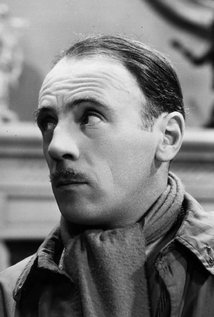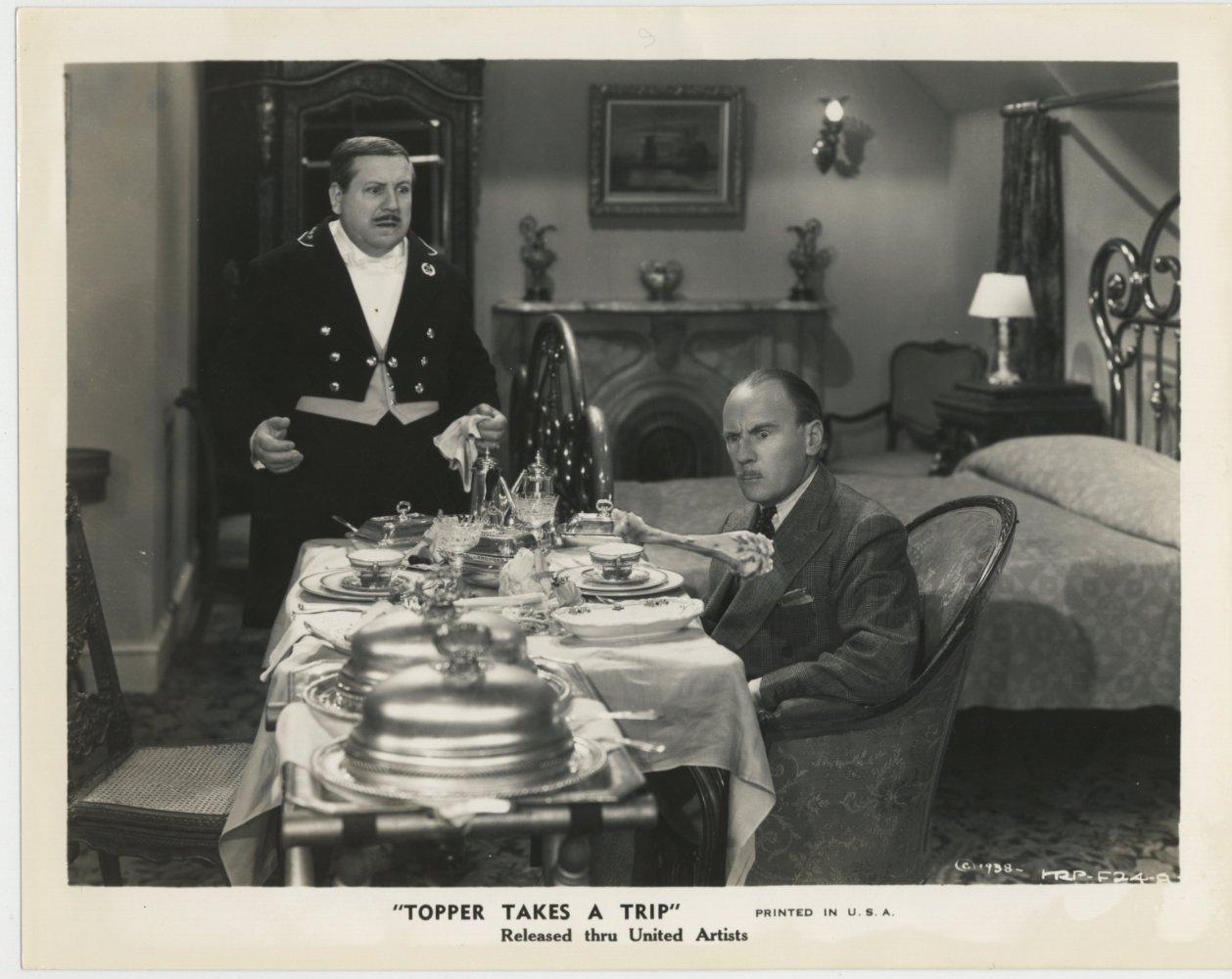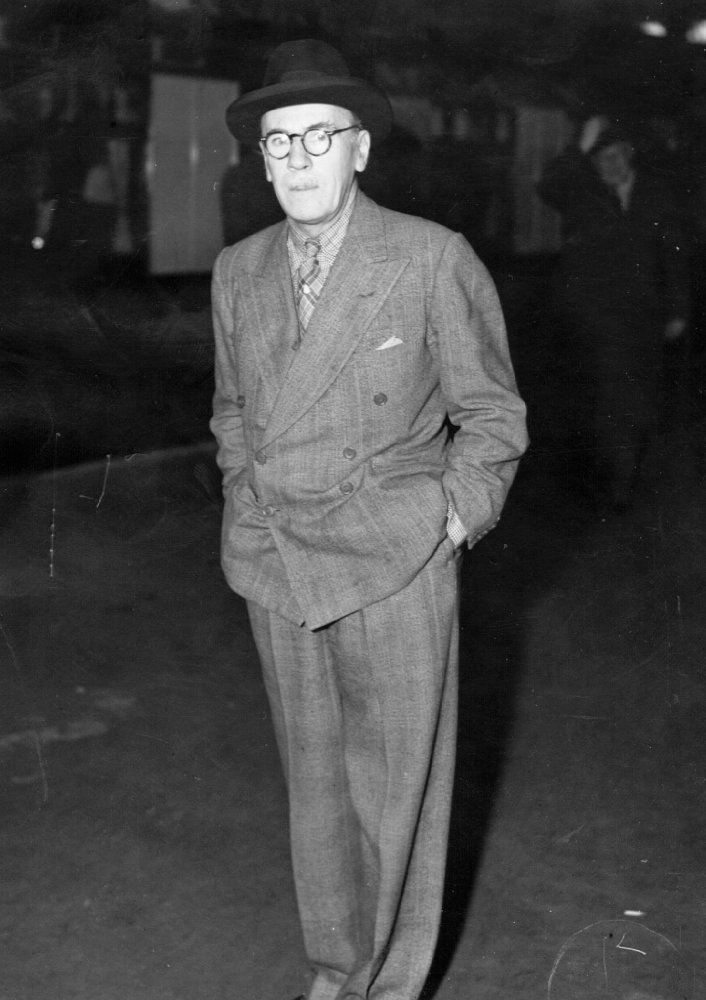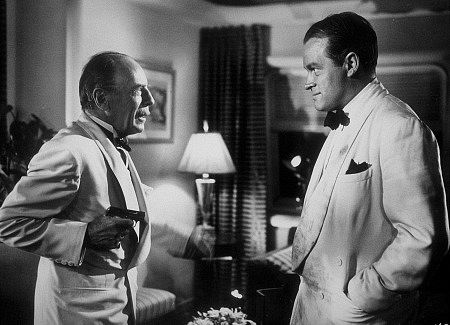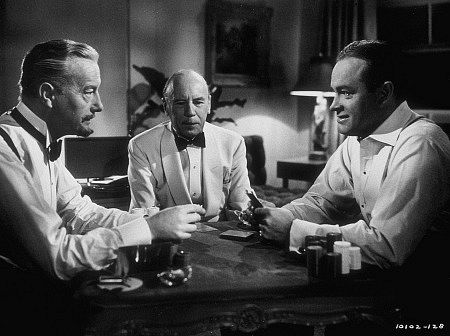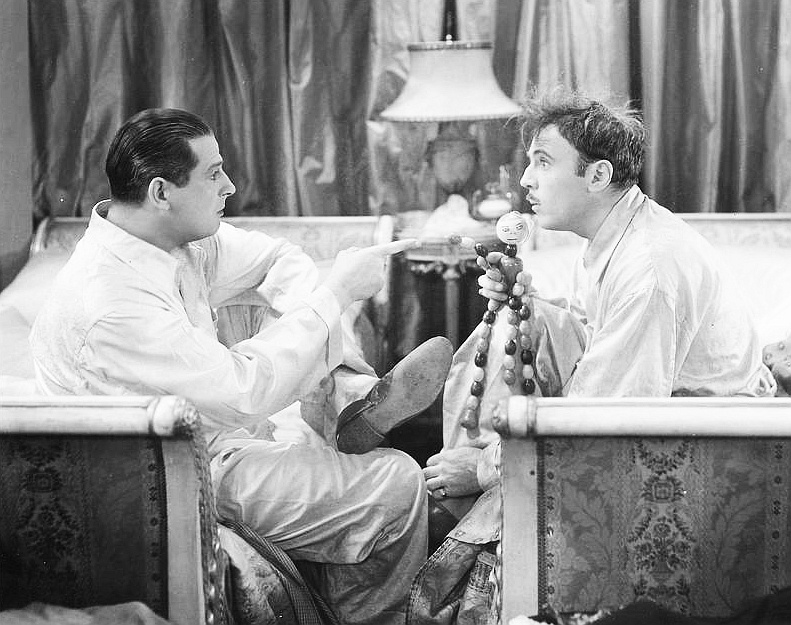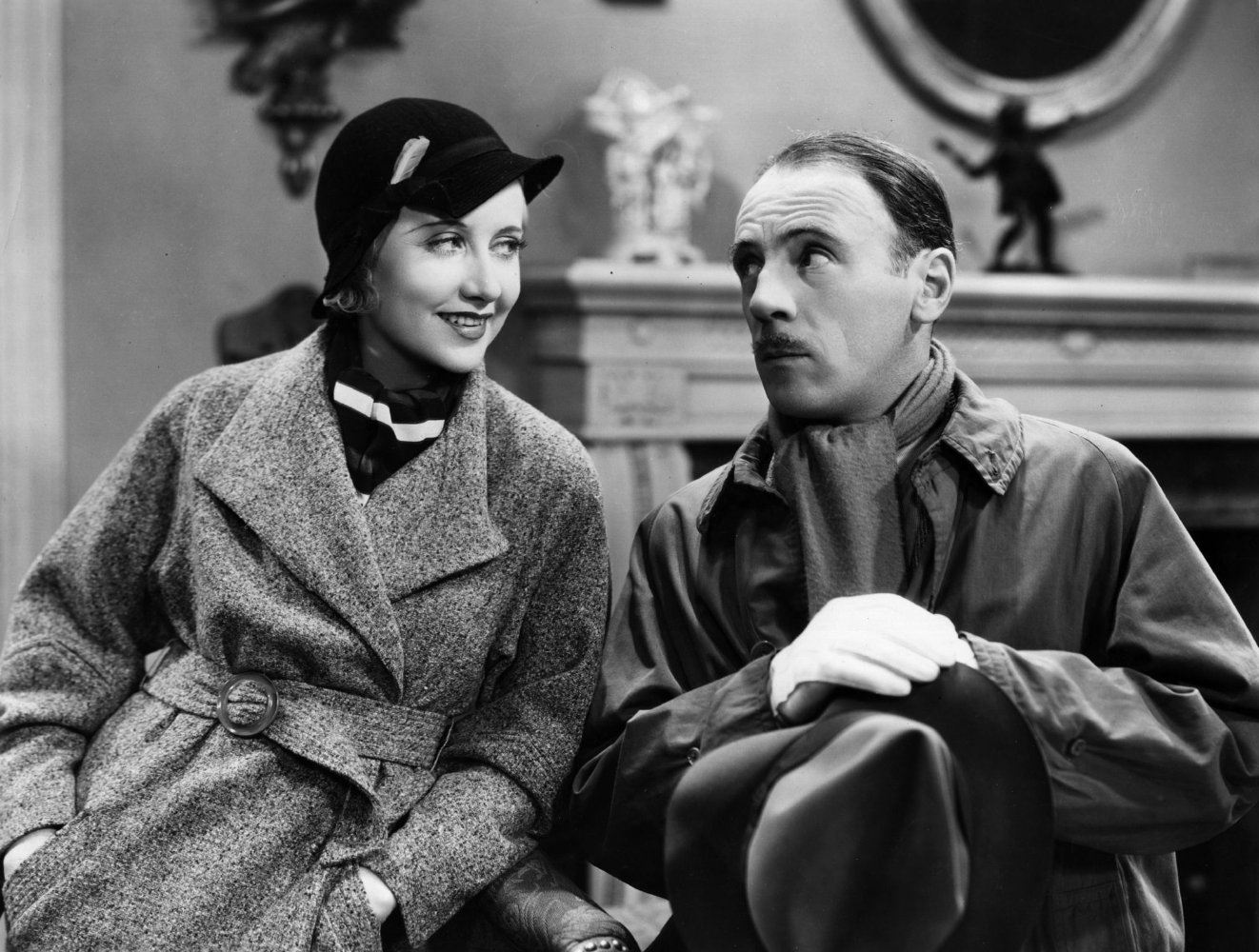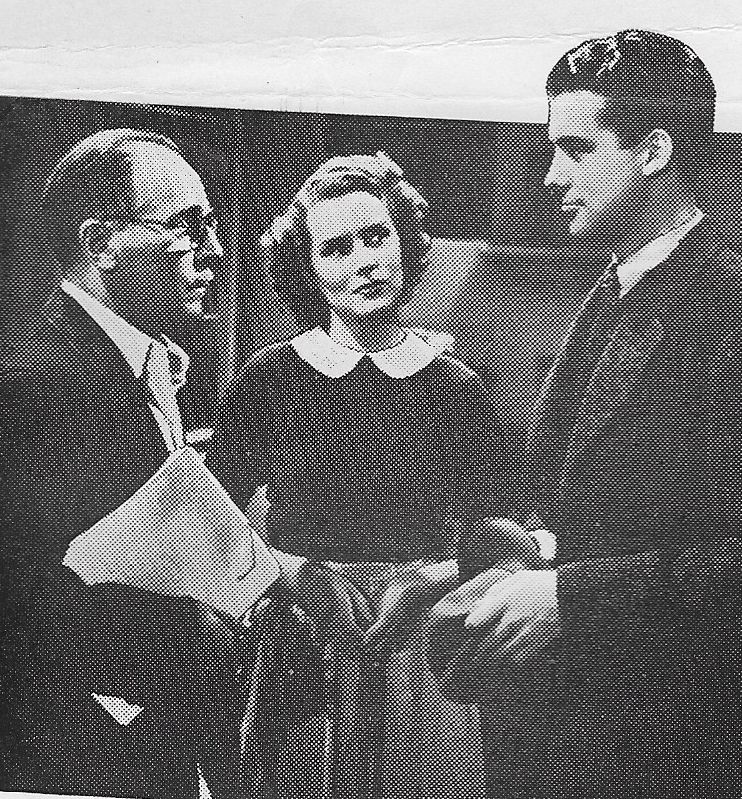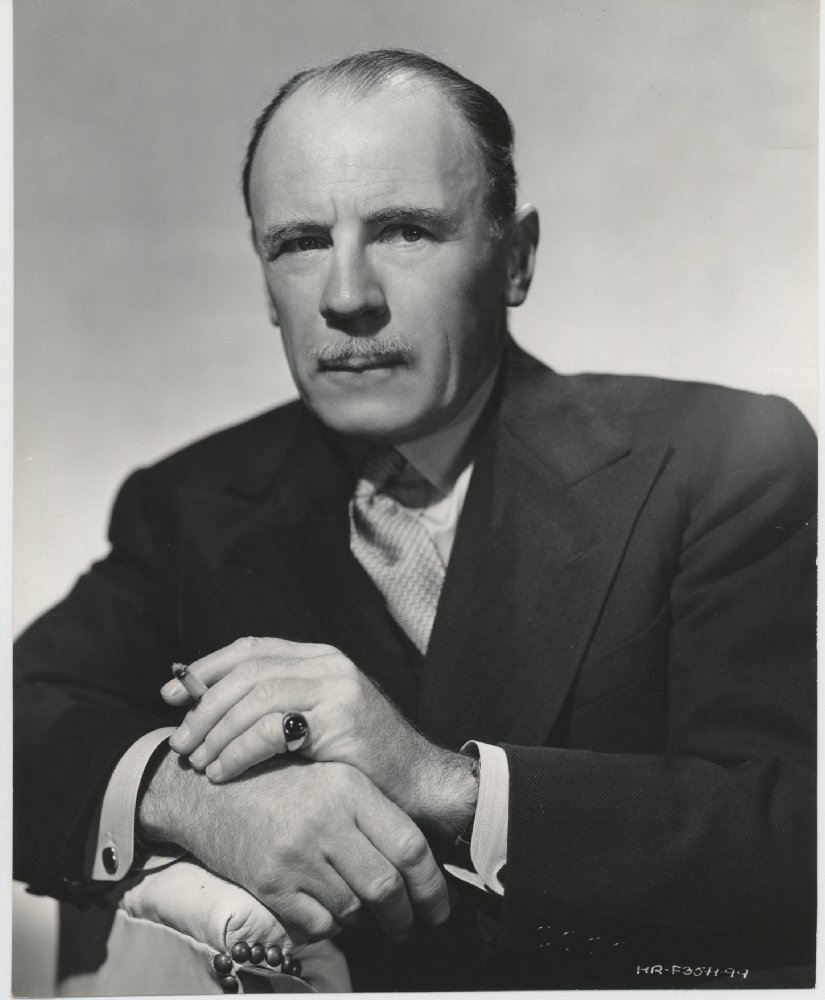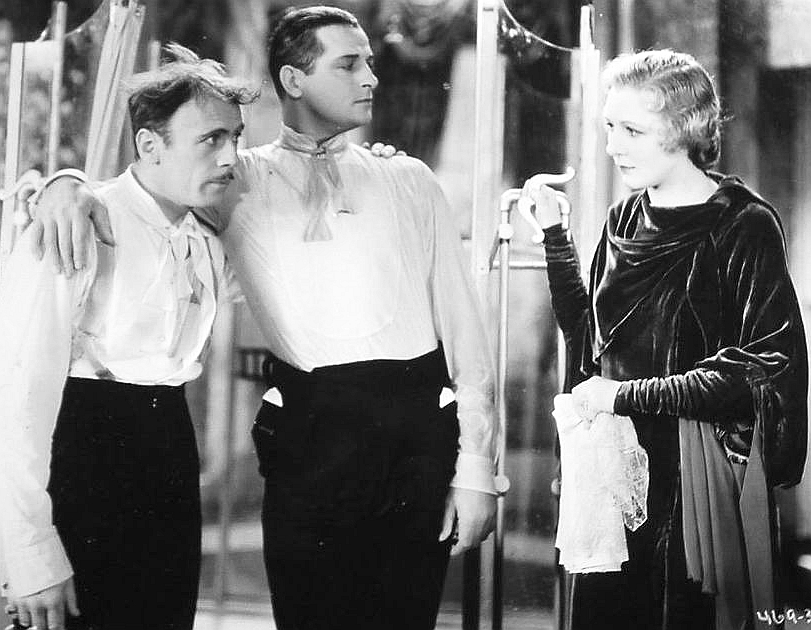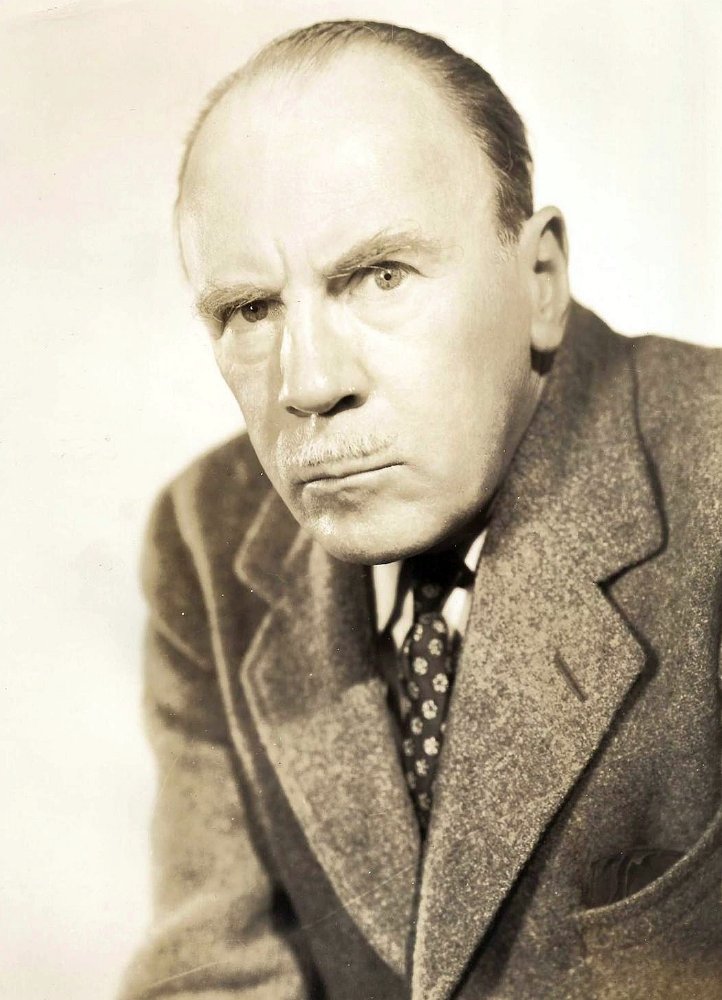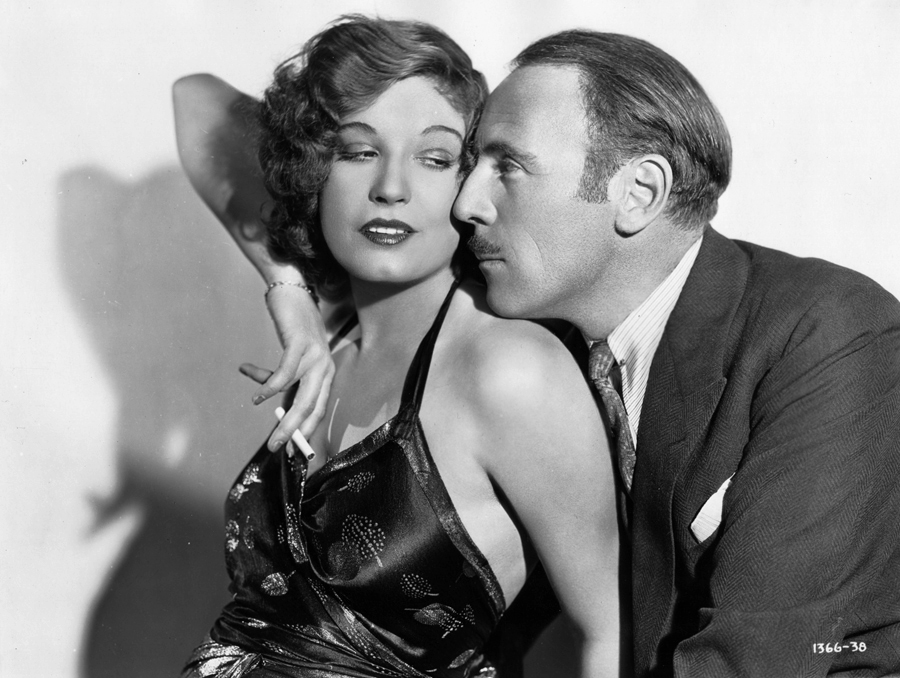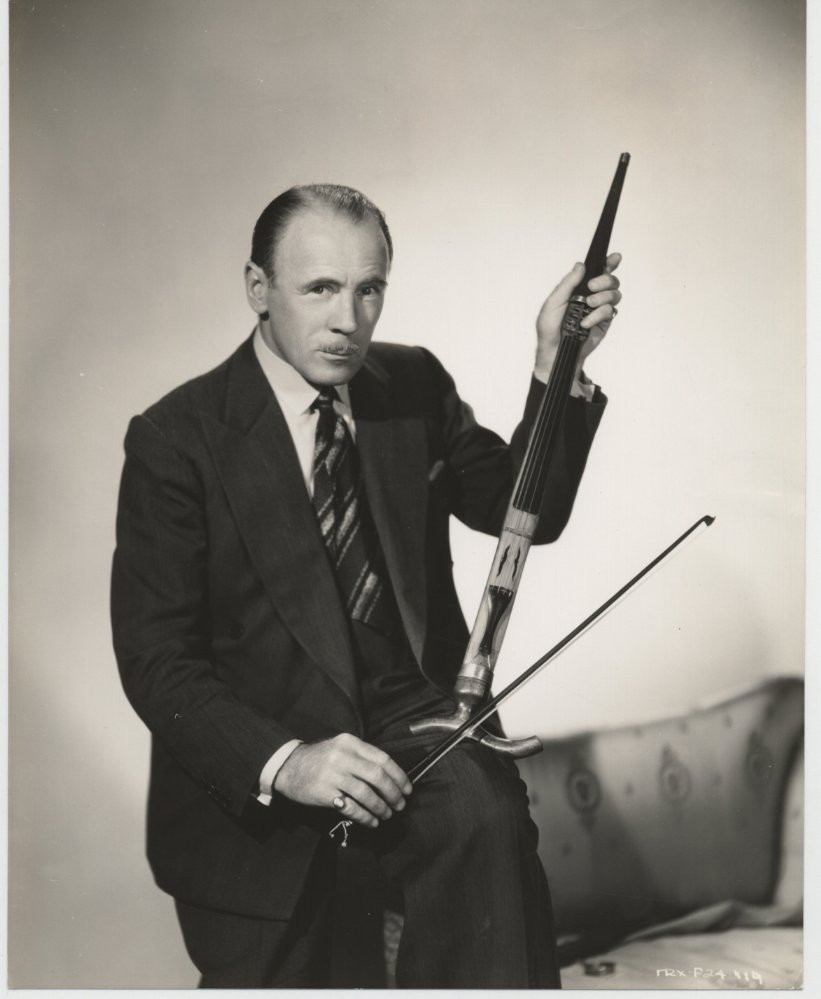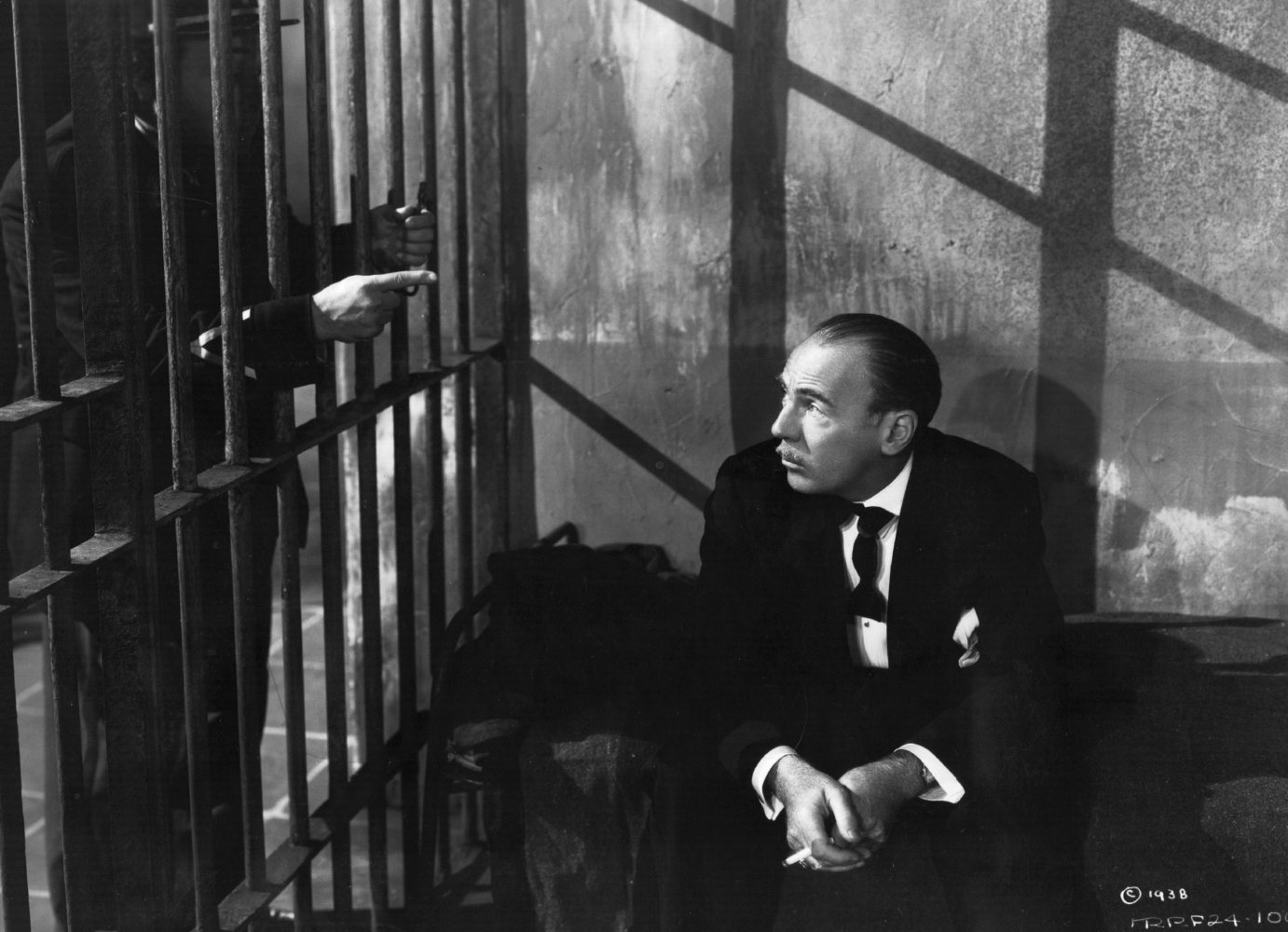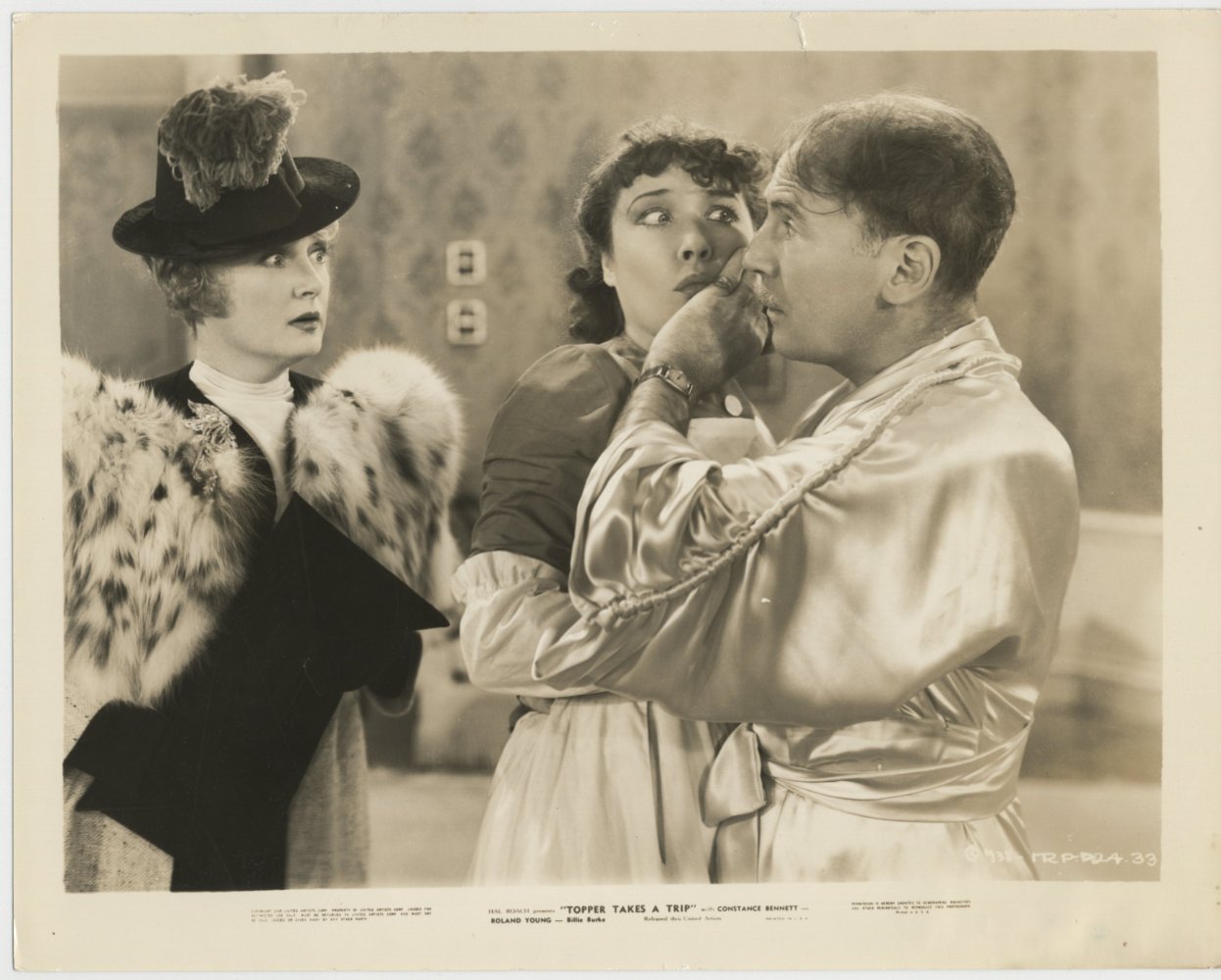Best remembered for the many meek characters he played -- think Cosmo Topper, of the screwball classic Topper (1937) -- this balding, short, yet distinguished actor was born in London, England, to an architect and his wife. Young was educated at Sherborne College and London University and trained as an actor at the Royal Academy of Dramatic Art...
Show more »
Best remembered for the many meek characters he played -- think Cosmo Topper, of the screwball classic Topper (1937) -- this balding, short, yet distinguished actor was born in London, England, to an architect and his wife. Young was educated at Sherborne College and London University and trained as an actor at the Royal Academy of Dramatic Art.He made his London stage debut in 1908, moved to the United States a few years later, made his New York debut (in "Hindle Wakes") in 1912, and became a fixture on Broadway. Young performed equally well in farce and drama; standout credits included "John Gabriel Borkman" (1915), "The Seagull" (1916), "A Doll's House" (1918), "Rollo's Wild Oat," "Hedda Gabler" (1923), and "The Last of Mrs. Cheyney" (1927). He also joined the the Washington Square Players.Young became a U.S. citizen in 1918 and served in the Army during WW I. He appeared in a few silent films after his discharge, including Sherlock Holmes (1922), in which he played an amusingly hesitant Dr. Watson to John Barrymore's sleuth. His first talking film was The Unholy Night (1929), directed by Lionel Barrymore, but Young didn't really come into his own in Hollywood until the screwball comedies of the 1930s, for which he seemed tailor-made.With his patrician air, tidy mustache, and fumbling-yet-dry delivery, Young did his share of scene-stealing in New Moon (1930), as Count Strogoff; The Squaw Man (1931), as Sir John Applegate; The Personal History, Adventures, Experience, & Observation of David Copperfield the Younger (1935), in a rare villainous role as Uriah Heap; The Man Who Could Work Miracles (1936), as the timorous clerk with God-like powers; and Ruggles of Red Gap (1935), as the inebriated Earl of Burnstead who loses his valet (Charles Laughton) in a poker game. So good was he in Topper (1937) that he earned an Oscar nomination, which is rare for a comic actors.An experienced radio performer as well, Young starred in a mid-1940s broadcast of "Topper" and appeared with Cornelia Otis Skinner in the 1945 serial "William and Mary."Married twice, Young died of natural causes at age 65, in New York City, on June 5, 1953.
Show less «

